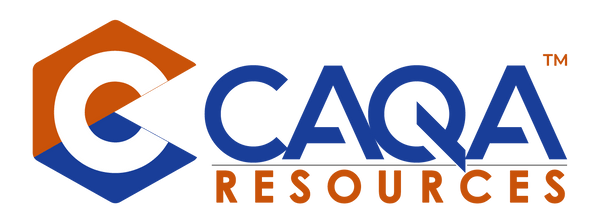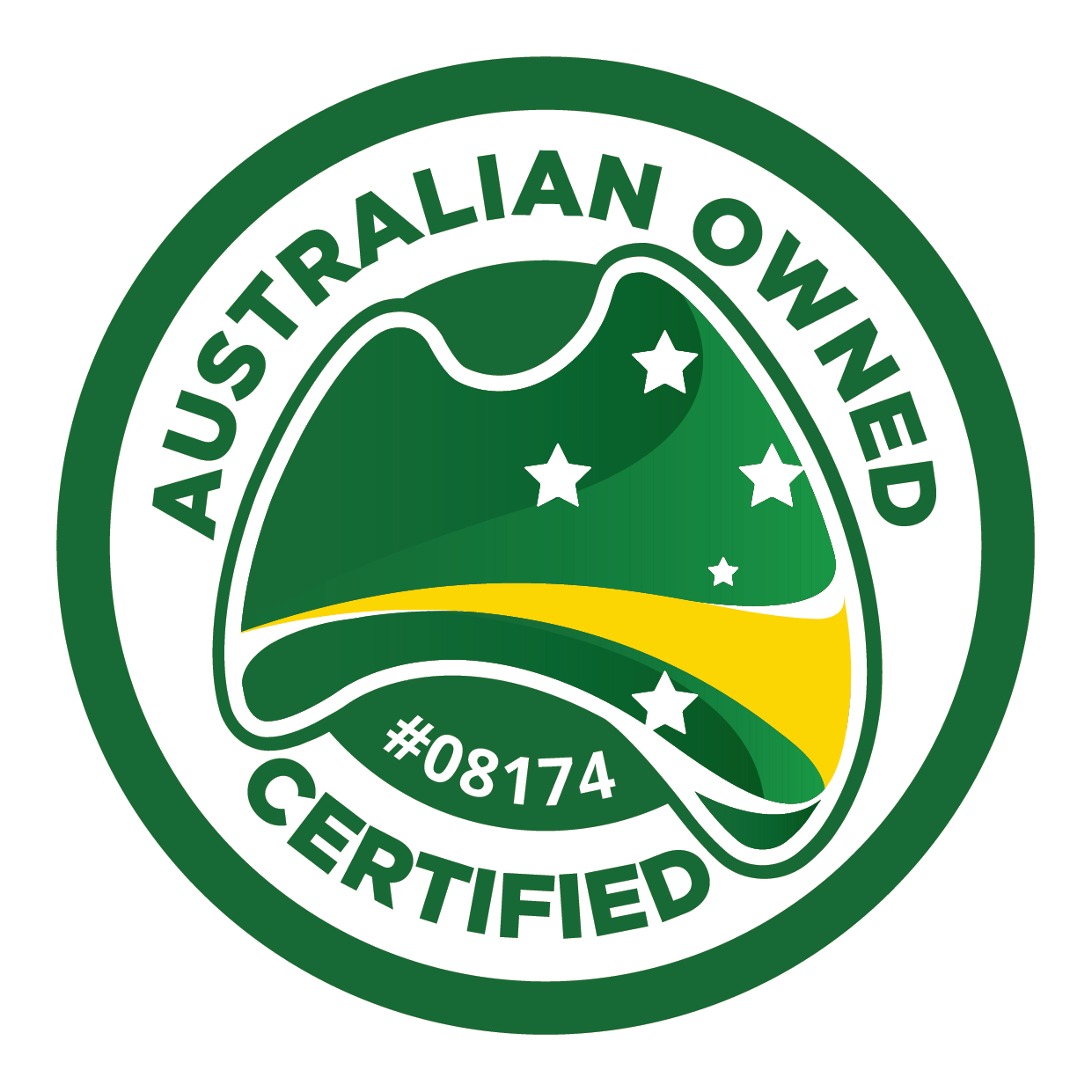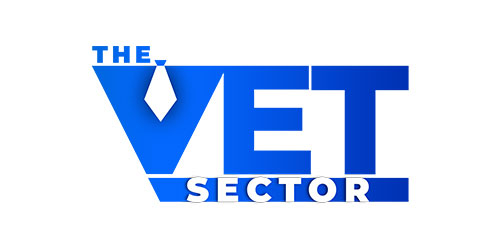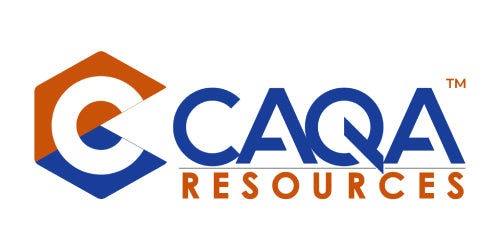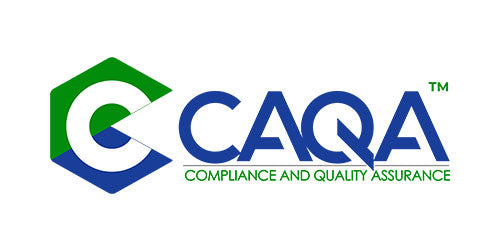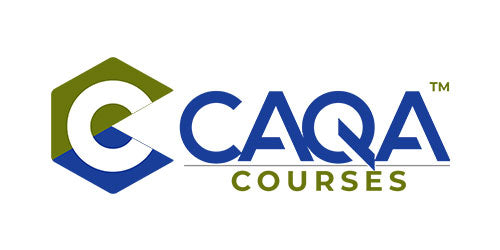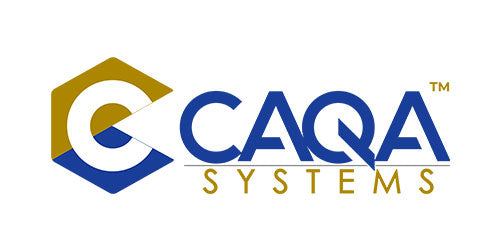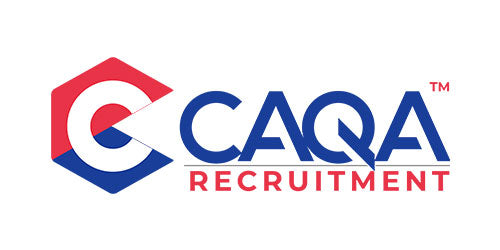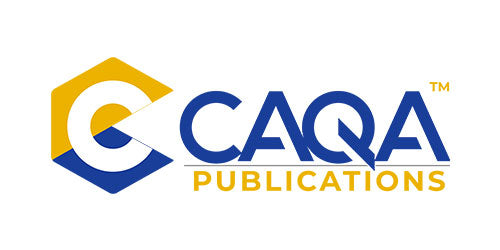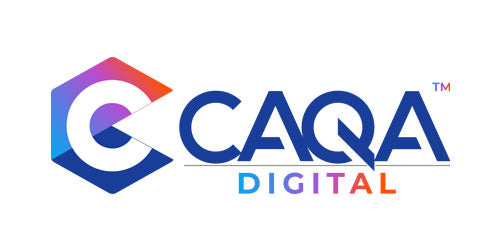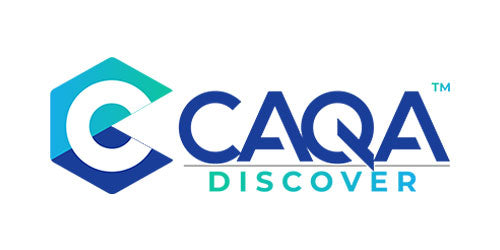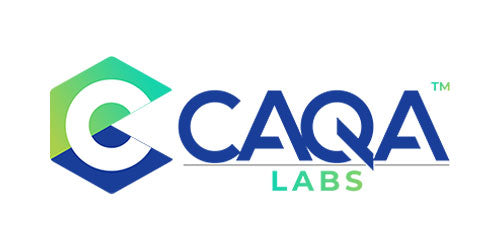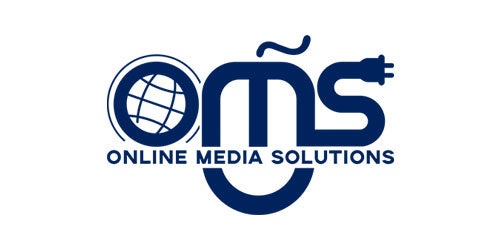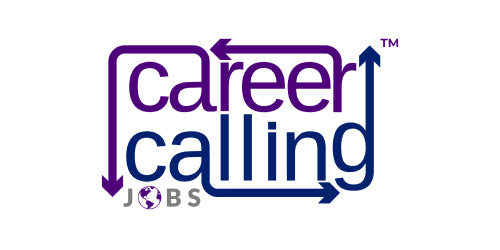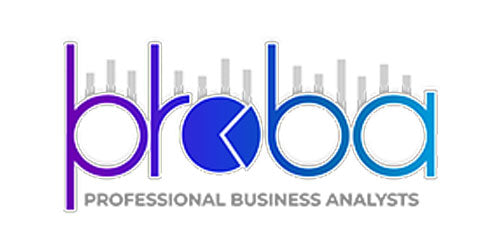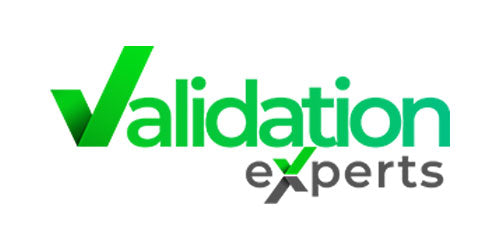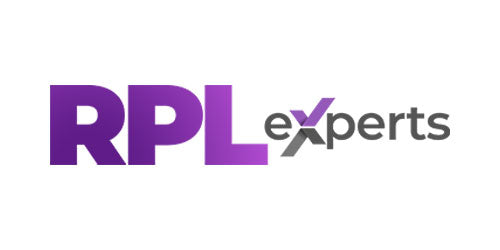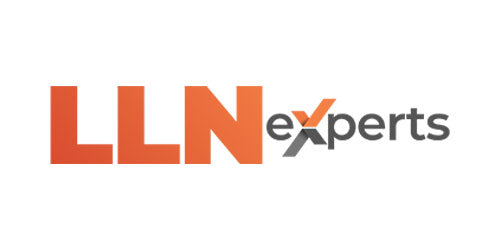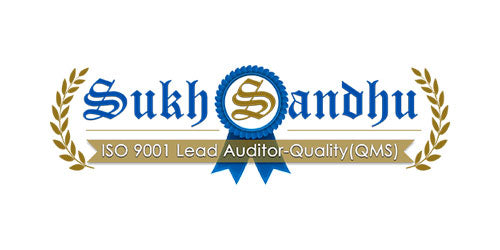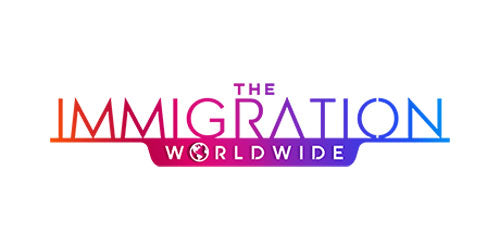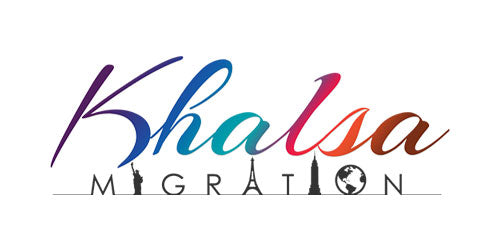In the revised Standards for Registered Training Organisations (RTOs), Quality Area 3: VET Workforce introduces significant enhancements aimed at fostering a more qualified, skilled, and committed workforce. These updates reflect the evolving demands of the vocational education and training (VET) sector, emphasising strategic workforce management, ongoing professional development, and alignment with industry practices. Here’s a comparison between the current Standards for RTOs 2015 and the revised standards for Quality Area 3.
Structure and Organisation: A Clearer and More Focused Approach
The revised standards introduce a focused outcome statement for Quality Area 3, highlighting the importance of maintaining a qualified, skilled, and committed workforce. The standards are now organised into two streamlined focus areas:
- VET Workforce Management
- Trainer and Assessor Competencies
This structured approach provides RTOs with clearer guidance on managing their workforce effectively, ensuring that their staff remain current, capable, and aligned with industry needs.
VET Workforce Management: Strategic and Effective Planning
- Effective Workforce Planning (Standard 3.1): A key addition to the revised standards is the requirement for effective workforce management. This includes not only having sufficient staff to deliver training and assessment but also ensuring that workforce planning aligns with the RTO’s strategic goals. This standard promotes a more comprehensive approach, encouraging RTOs to consider future staffing needs, recruitment strategies, and retention efforts.
- Strategic Workforce Planning: The revised standards also emphasise strategic workforce planning, which is critical for anticipating challenges and addressing staffing gaps. By planning for the future, RTOs can ensure they have the right mix of skills and expertise to meet the changing needs of the VET sector.
Trainer and Assessor Competencies: Strengthening Credentialing and Currency
The revised standards place a stronger emphasis on ensuring that trainers and assessors are appropriately credentialed and maintain industry relevance:
- Credentialing Emphasis (Standard 3.2): The new standards put more focus on ensuring that trainers and assessors hold the necessary credentials. This includes an explicit reference to ensuring that these individuals possess current skills and knowledge relevant to the training they deliver. This shift ensures that trainers are not just qualified on paper but are actively engaged with the industry they teach in.
- Industry Currency (Standard 3.3): The requirement for current industry skills and knowledge remains a key component of the revised standards, but it now links more directly to the relevance of the training product. This connection ensures that training content remains aligned with industry standards and best practices, providing students with the most up-to-date knowledge and skills.
Key Differences: A Holistic and Forward-Looking Workforce Strategy
Holistic Workforce Approach
The revised standards adopt a more holistic view of workforce management. This includes not just recruitment but also planning, development, and retention strategies. By addressing workforce needs in a more strategic and comprehensive manner, RTOs can create a sustainable, adaptable workforce that is equipped to meet future challenges.
Continuous Professional Development
The revised standards emphasise the importance of continuous professional development (CPD) for trainers and assessors. RTOs must now ensure that staff engage in ongoing CPD, both in their industry skills and in their training practices. This focus on continuous learning helps trainers stay at the forefront of industry developments, ensuring they can deliver the highest quality training to students.
Credential Policy
A significant addition to the revised standards is the introduction of a separate Credential Policy. This policy outlines the specific requirements for trainers and assessors, particularly for those delivering TAE Training Package products. By formalising these credentialing requirements, the revised standards provide clearer guidance on the qualifications needed to deliver high-quality training and assessment.
Flexibility with Industry Experts
The revised standards maintain rigorous requirements for trainers and assessors but introduce more flexibility in how RTOs can engage industry experts. This flexibility allows RTOs to bring in industry specialists to support training and assessment, ensuring that students benefit from the expertise of professionals who are actively working in the field. This move helps RTOs maintain high standards while giving them the agility to adapt to industry trends.
Performance Monitoring
Another key addition is the explicit requirement for RTOs to monitor staff performance. This ensures that trainers and assessors are not only compliant with credentialing requirements but are also actively supported in their professional growth. By linking performance monitoring to continuous skill development, RTOs can foster a culture of ongoing improvement, benefiting both staff and students.
Alignment with Industry Practice: Ensuring Relevance and Quality
The revised standards put a stronger focus on ensuring that training and assessment practices are aligned with current industry practices. This means that trainers and assessors must not only maintain their industry currency but also integrate real-world knowledge into their training delivery. By staying connected to industry trends and practices, RTOs can ensure that their graduates are well-prepared for the workforce.
Validation Requirements: Linking Competency to Assessment
A notable update in the revised standards is the clearer link between trainer and assessor competencies and assessment validation processes. By aligning these competencies with the validation of assessment practices, the revised standards ensure that trainers and assessors are not only capable of delivering training but are also equipped to evaluate and validate assessment outcomes. This focus on competency and validation strengthens the overall quality of training delivery.
A Strategic, Skilled, and Adaptable VET Workforce
The changes introduced in Quality Area 3: VET Workforce reflect a shift towards a more strategic, forward-looking approach to workforce management in the VET sector. By emphasising effective workforce planning, continuous professional development, and credentialing, the revised standards ensure that RTOs are equipped to build a workforce that is both skilled and adaptable.
The flexibility to engage industry experts, with a focus on performance monitoring and alignment with industry practices, positions RTOs to deliver relevant, high-quality training. These changes align with broader trends in education and workforce development, recognising the need for an adaptable, highly skilled workforce to meet the challenges of the future.
RTOs that embrace these updates will be better positioned to attract, retain, and develop talent, ensuring their training delivery meets the needs of both students and industry









